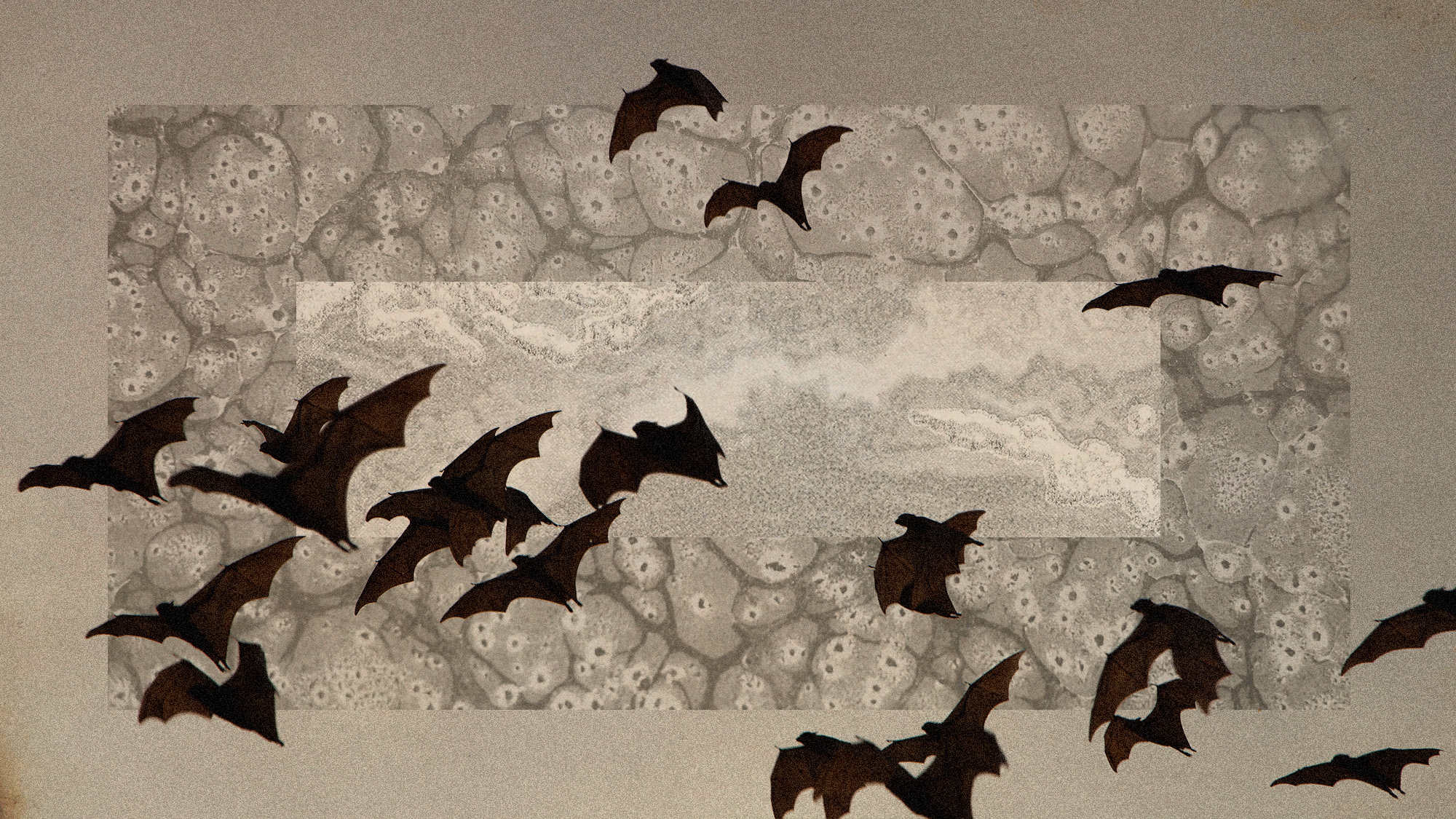Could the 'zombie fungus' from 'The Last of Us' exist in real life?
Climate change is increasing fungal infections


HBO's TV series "The Last of Us" shows a world ravaged by a "zombie fungus" that has the ability to infect and control people's minds. While human mind–controlling fungi do not yet exist in real life, other species are at risk. Plus, fungal infections in humans are on the rise and expected to worsen as temperatures continue to warm.
Is there such a thing as a 'zombie fungus?'
Yes, there is, but not for humans just yet. The TV show and video game's fungus is based on a real fungus called Ophiocordyceps unilateralis, commonly known as the zombie-ant fungus. The fungus is capable of manipulating the insects' behavior. "When environmental conditions are right, the fungus compels the infected insect to climb high, to where the light is just right (often at noon), latch onto a leaf, and wait for the fungi to shoot a fruiting body out of the ant's head, releasing spores that find new hosts and continue the cycle," said National Geographic. "Many ants can be infected at the same time." There are also fungi that affect wasps and spiders. In fact, both genera Ophiocordyceps and Cordyceps (types of fungi), which make up about 750 species, tend to be parasitic, infecting insects and other arthropods.
In February 2025, scientists discovered a new fungal species that creates zombies out of spiders, according to a study published in the journal Fungal Systematics and Evolution. "The fact that a fungus can infect something and then behaviorally alter that animal so that it then helps the fungus spread, I think it's just very intriguing," Dr. Jay Stafstrom, an expert on arachnid sensory ecology and a postdoctoral researcher at Cornell University, said to CNN. While it seems scary, there may be some positive real-world applications. "Zombie fungi could help control agricultural pests," said The New York Times. "A chemical produced by a relative of Ophiocordyceps is already used in drugs to prevent organ rejection in transplant patients."
The Week
Escape your echo chamber. Get the facts behind the news, plus analysis from multiple perspectives.

Sign up for The Week's Free Newsletters
From our morning news briefing to a weekly Good News Newsletter, get the best of The Week delivered directly to your inbox.
From our morning news briefing to a weekly Good News Newsletter, get the best of The Week delivered directly to your inbox.
What about human fungal infections?
Lucky for us, mind control fungi have yet to affect humans because of our high body temperatures. Still, other fungal infections are becoming more common. "A number of fungal species are quite prominent pathogens and kill hundreds of thousands of people every year — it's just the public is not well aware of this," Elaine Bignell, a professor of medical mycology at the University of Exeter, said to Sky News. In Europe, the deadly Aspergillus fungus is spreading and causing severe infections in humans, livestock and plants.
The spread is likely going to get worse. Climate change, which causes extreme weather events and warmer temperatures, can increase fungal infections. In addition, "adaptation to the increasing salinization of our environment via rising sea levels" and "human activity (mining, farming, road salting) are all continual pressures that may deliver an uplift to fungi attempting to grow in human tissues," Bignell said to Newsweek.
The other problem is that fungi are developing resistance to drugs. "Discovering new compounds in nature has become harder as scientists have already spent decades scouring the world for them — and often end up finding the same or similar compounds," said Science. While a fungal pandemic is not here yet, a lack of treatment options and an increasingly suitable habitat put the world at risk. "Scientists are closely monitoring how warming temperatures might make some fungi more resilient and adaptable, possibly leading to increased infections in both humans and crops," said CBS News.
A free daily email with the biggest news stories of the day – and the best features from TheWeek.com
Devika Rao has worked as a staff writer at The Week since 2022, covering science, the environment, climate and business. She previously worked as a policy associate for a nonprofit organization advocating for environmental action from a business perspective.
-
 Could smaller cars bring down vehicle prices?
Could smaller cars bring down vehicle prices?Today’s Big Question Trump seems to think so, but experts aren’t so sure
-
 2025’s most notable new albums
2025’s most notable new albumsThe Week Recommends These were some of the finest releases of the past year
-
 Trump aims to take down ‘global mothership’ of climate science
Trump aims to take down ‘global mothership’ of climate scienceIN THE SPOTLIGHT By moving to dismantle Colorado’s National Center for Atmospheric Research, the White House says it is targeting ‘climate alarmism’
-
 5 recent breakthroughs in biology
5 recent breakthroughs in biologyIn depth From ancient bacteria, to modern cures, to future research
-
 Africa could become the next frontier for space programs
Africa could become the next frontier for space programsThe Explainer China and the US are both working on space applications for Africa
-
 NASA is moving away from tracking climate change
NASA is moving away from tracking climate changeThe Explainer Climate missions could be going dark
-
 A rat infestation is spelling trouble for the almond industry
A rat infestation is spelling trouble for the almond industryThe Explainer The infestation has affected at least 100,000 acres in California
-
 What would happen to Earth if humans went extinct?
What would happen to Earth if humans went extinct?The Explainer Human extinction could potentially give rise to new species and climates
-
 Bacteria can turn plastic waste into a painkiller
Bacteria can turn plastic waste into a painkillerUnder the radar The process could be a solution to plastic pollution
-
 Scientists want to regrow human limbs. Salamanders could lead the way.
Scientists want to regrow human limbs. Salamanders could lead the way.Under the radar Humans may already have the genetic mechanism necessary
-
 A potentially mutating bat virus has some scientists worried about the next pandemic
A potentially mutating bat virus has some scientists worried about the next pandemicUnder the Radar One subgroup of bat merbecovirus has scientists concerned
